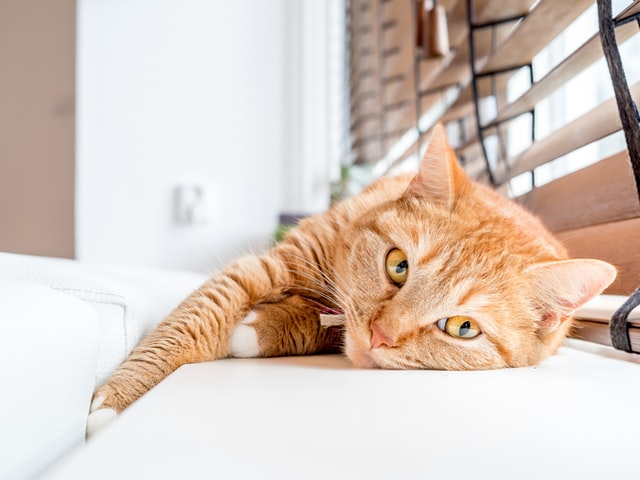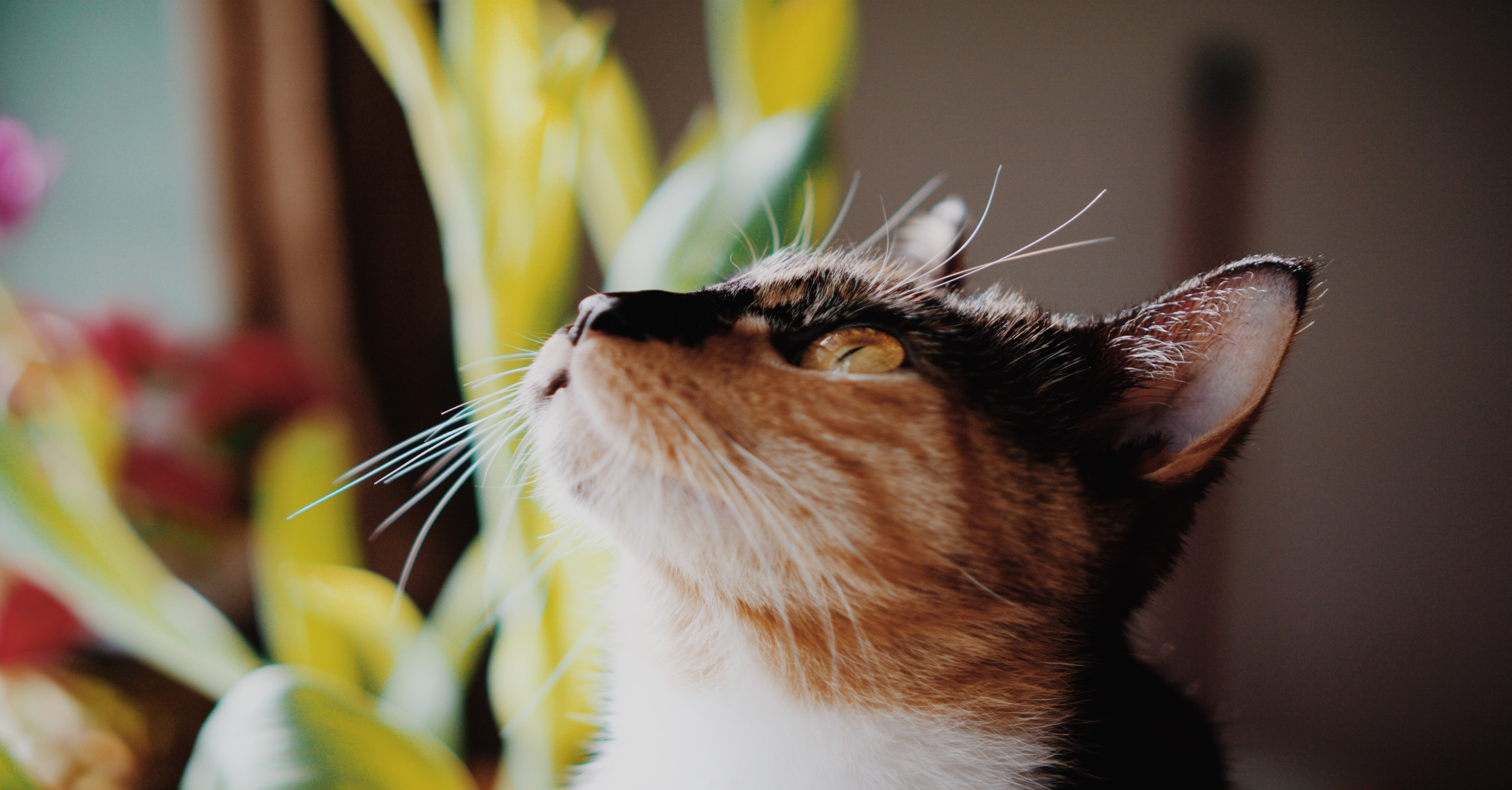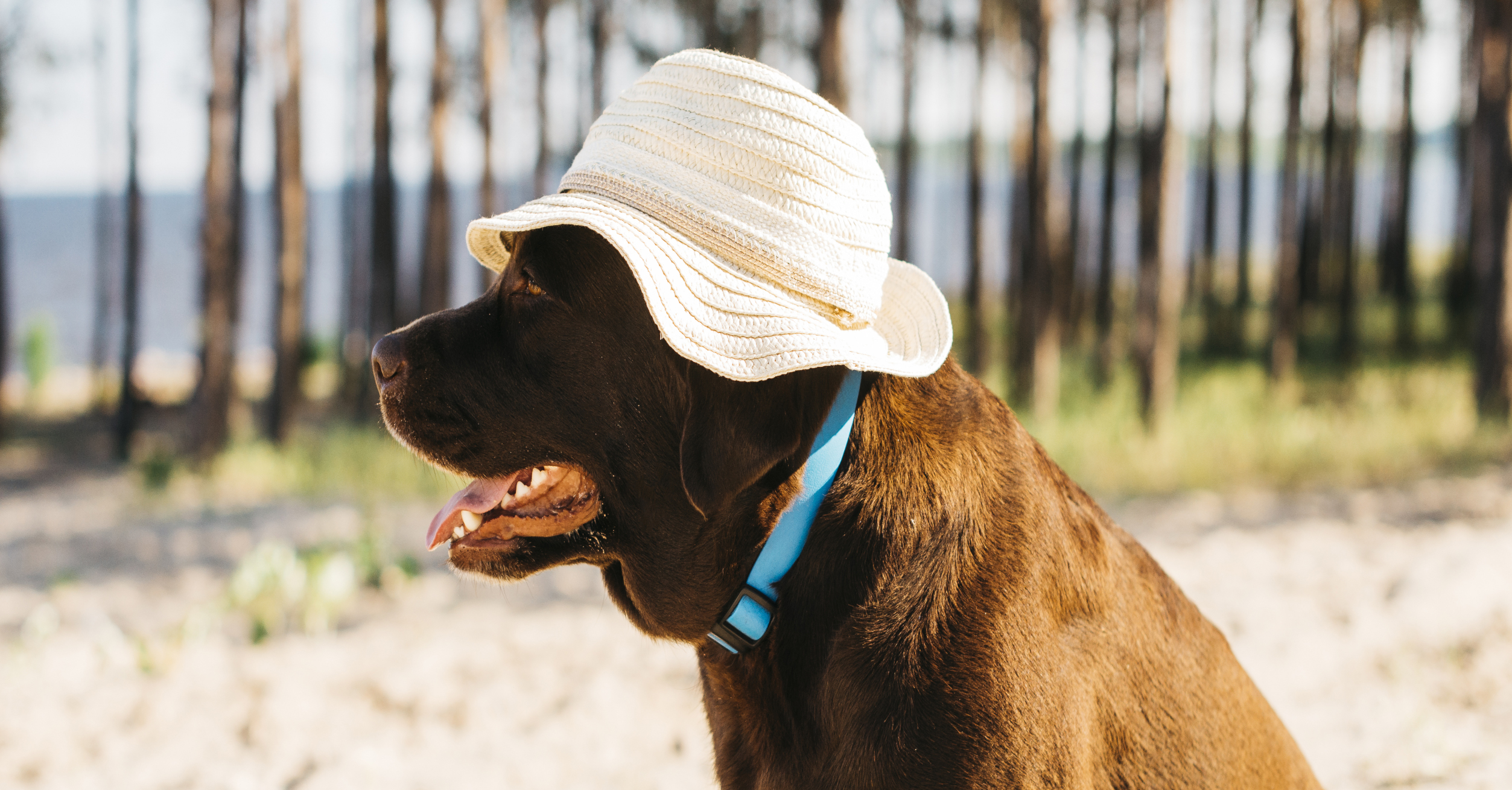Summer is the prime time of the year when the heat is on…both outside and inside our homes. Do you raise an indoor cat 24/7? If so, did you know that even indoor kitties can get overheated?
It’s true. Even if your cat may not usually go outside or they only ever go out onto an enclosed patio, they are just as prone to heat problems as outdoor pets!
What Kinds of Heat-related Problems Should I Be Concerned About?
The most common type of problem is called hyperthermia, or heatstroke. Hyperthermia is the opposite of hypothermia in that rather than showing symptoms of being too cold, a cat may show signs of being too hot. Heat exhaustion or overheating is another common problem seen in cats, even indoor ones.
All of these problems can arise for a few reasons. A lot of exercise for your kitty while it’s hot is one; excessive heat in a location such as the patio is another.
Most of the time, cats know when to find a shady spot if they’re getting too warm. If you see your indoor cat displaying certain signs though, that’s when you should be concerned.
What are the Signs of Heat-related Problems in Cats?
Since cats are notorious for hiding their symptoms from sight, these signs may appear at first as vague. That being said, they can include the following:
- Lethargy
- Decreased or no appetite
- Hiding
- Sweaty paws
- Dull looking and dry gums
- Vomiting
- Staggering
- Restlessness
- Panting (unlike dogs, cats don’t normally pant, so this is a serious sign)
Some of the above signs will be more extreme depending on whether or not your indoor cat has pre-existing medical conditions. Examples include obesity, feline asthma and other respiratory conditions, and heart disease. Older cats with such conditions will have a lower tolerance for heat compared to younger, healthy cats.
What to Do if You See these Signs
Time is of the essence if you see these signs of overheating in your indoor cat.
- Move your kitty to a shadier, cooler spot. This may involve closing your curtains and blinds and turning off the lights.
- Grab a dish cloth or paper towels. Soak either or in cool (not extremely cold) water. Wring out the water as much as possible and apply it to your cat’s paws and body, taking care to not get water in their ears. Unlike dogs who love to be soaked in water, cats have the opposite reaction so be careful with this step!
- Start a fan at low speed. Make sure the fan is not directed towards your cat as it may scare him/her.
If your indoor cat is showing any of the above signs and your attempts to cool them down aren’t working, bring your cat to a veterinarian right away!
Prevention Tips for Heat-related Issues in Indoor Cats
These tips are your best means of ensuring hyperthermia or heat exhaustion doesn’t happen to your indoor cat in the first place. It’s helpful if your home has air conditioning (if not, we have a pointer about that as well).
- While there is no “exact temperature” to keep in mind, the basic rule of thumb is, if it’s too hot for you even indoors, then it’s definitely too hot for your cat. Try to cool off your home for both your sakes.
- Your cat may not appreciate this tip, but it’s got to be done: keep your cat inside while the sun is out at its hottest, usually between 11am and 3pm.
- Open windows and curtains only when it’s cool outside. Close these during the hottest hours of the day, as described above. You can re-open them in the evening once it’s cooler out. Keep an eye on the temperature outside meanwhile (a quick check on your phone online, or by glancing at a thermostat outside, can help you determine this).
- If your indoor cat must go out on the patio, leave a spot where they can withdraw and find shade when needed. As much as cats love to sunbathe, you should always make sure they stay cool.
- Air conditioning usually helps regulate the temperature inside. That being said, not every home has A/C. If your home is the latter, keep the rooms where your cat frequents the most cool with a ceiling or other form of fan.
- Keep your indoor cat’s water flow going. Clean out their water dish if it gets too dirty. A water fountain may also be worth your consideration since they allow cats access to water at a regular rate (maintaining this matters too though; change the filter, clean the fountain, and refill it as recommended by the manufacturer).
- Add some water to their dry food if hydrating your indoor cat is a struggle. Wet food is recommended by your cat’s vet, and also depends on their lifestyle and health needs.
Remember, even if your kitty lives indoors at all times, that doesn’t mean they’re immune to heat-related problems. Give us a call if you have any questions about heat-related problems in indoor cats or if you would like to schedule an appointment.
Creative Commons Attribution: Permission is granted to repost this article in its entirety with credit to Hastings Veterinary Hospital and a clickable link back to this page.






